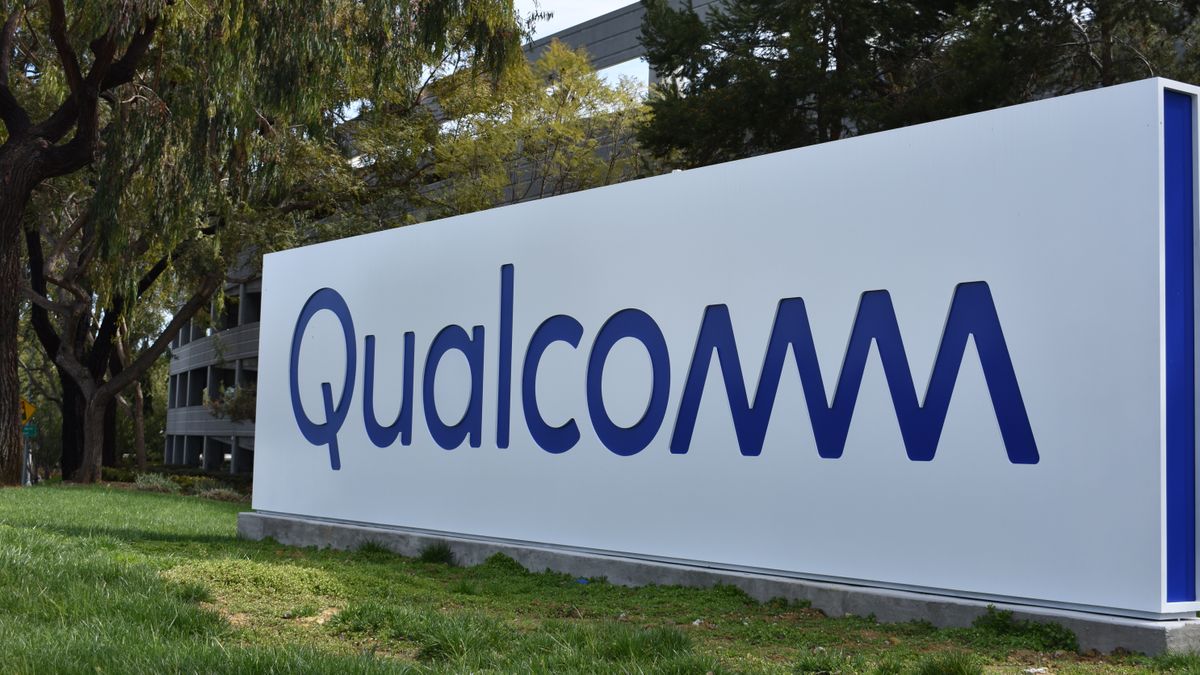
A resurgent smartphone market buoyed by 5G upgrades and increased demand in China has helped Qualcomm increase revenues by half during the second quarter of 2021, beating analyst expectations.
Overall revenues increased by 52% year-on-year to $7.9 billion, half of which was related to handsets. It must be noted that the high level of growth is partly because of a challenging Q2 last year which coincided with the first phase of the Coronavirus pandemic.
As lockdown and social distancing measures were enacted around the globe, many consumers delayed device purchases while there were also some supply and production challenges.
Qualcomm chip shortage
The easing of restrictions, coupled with the launch of new flagship devices, delayed purchases and the global rollout of 5G has helped drive the market – and Qualcomm’s bottom line.
Qualcomm’s chips are used to power the vast majority of high-end devices. Two notable exceptions were Apple, which as returned as a customer, and Huawei, whose market share has collapsed due to US sanctions. With Apple back in the fold and Huawei’s customers defecting to other manfuacturers that use Qualcomm’s chips, revenues have received a boost.
Beyond chips, Qualcomm has invested significant resources in 5G RF front-end antennas, a highly-specialised area of mobile technology, as well as other markets like IoT and connected cars. These three categories contributed $2 billion towards the overall revenue figure.
“We continue to be the mobile technology platform of choice for [flagship mobile experiences],” said Cristiano Amon, who will replace Steve Mollenkopf as CEO later this year. “This is reflected both in our product performance as well as our traction with leading smartphones' OEMs such as Samsung, Xiaomi, Oppo, Vivo and now Honor.
“Our latest generation Snapdragon 888 5G mobile platform has now more than 40 devices shipped or announced globally and we expect to see more than double this number come to market in the coming months from future product announcements.
“Our highly differentiated position in premium and high tiers, our modem-to-antenna leadership and the continued transition of Huawei volume to OEMs using our solutions have positioned us to grow faster in smartphones while being able to capture the most significant portion of the revenue opportunity.”
Like the rest of the mobile industry, Qualcomm has been affected by an ongoing chip shortage. Amon had previously warned that the shortage, a hangover from the scaling down of production during the early phase of the pandemic, wouldn’t end until towards the end of the year. However, the size of Qualcomm means it has been able to gain preferential treatment for suppliers that minimises disruption.
“Frankly, it's a good position to be in that we actually have more demand than supply across all of our business,” said Amon. “We are utilizing our scale and with that we have the ability to be supporting our suppliers' capacity planning. We can provide stability of demand and in turn get stability of capacity.”
Amon’s appointment reflects the growing importance of 5G at Qualcomm given his role in the development of the company’s technical roadmap and strategy. He will formally replace the retiring Mollenkopf in June.
“Speaking as a soon-to-be former CEO, I believe there is virtually no limit on where Cristiano can lead Qualcomm, the industries he can enter and the role the company can play in the global ecosystem,” said Mollenkopf. “I am very excited to see how this plays out.”
"Smartphone" - Google News
April 29, 2021 at 08:30PM
https://ift.tt/32WEvXF
Smartphone demand sees Qualcomm revenues surge - TechRadar
"Smartphone" - Google News
https://ift.tt/2QXWyGT
https://ift.tt/2KSW0PQ
Bagikan Berita Ini














0 Response to "Smartphone demand sees Qualcomm revenues surge - TechRadar"
Post a Comment